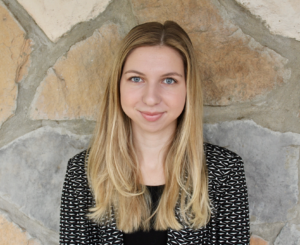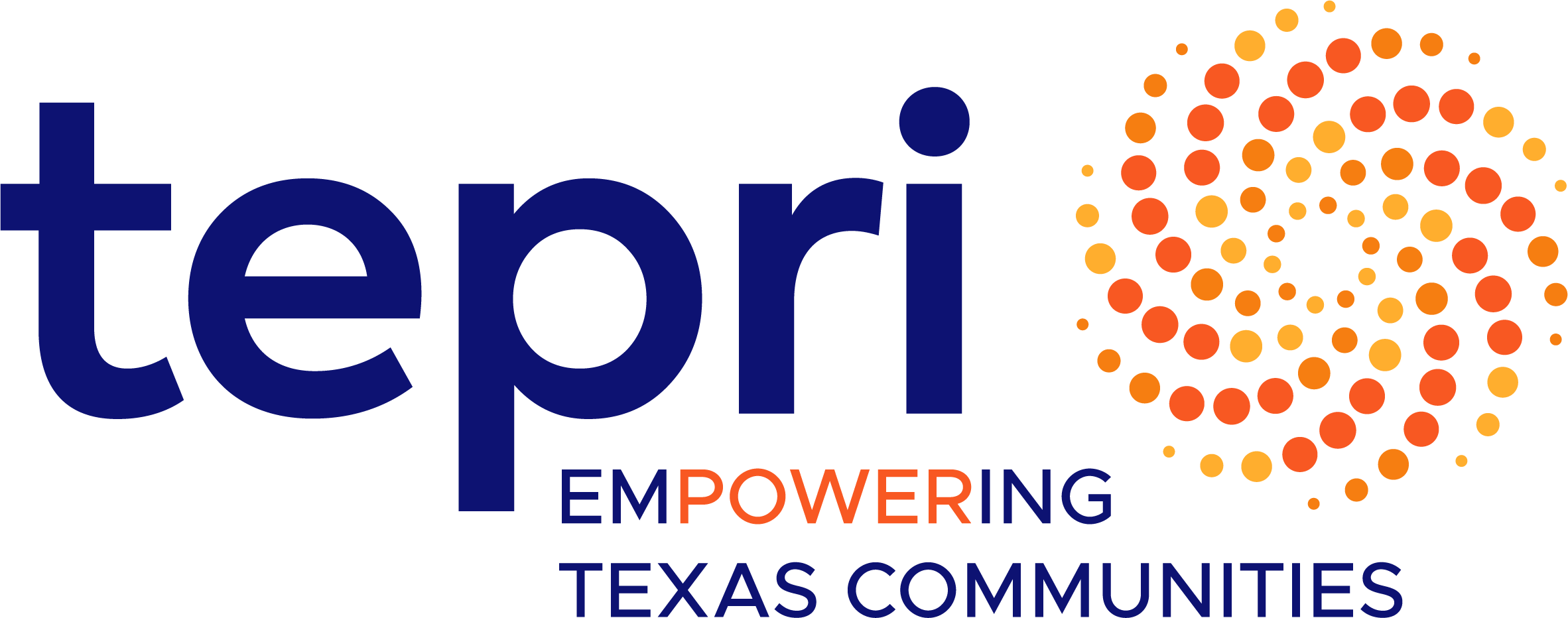[cmsms_row data_width=”boxed” data_padding_left=”3″ data_padding_right=”3″ data_color=”default” data_bg_position=”top center” data_bg_repeat=”no-repeat” data_bg_attachment=”scroll” data_bg_size=”cover” data_bg_parallax_ratio=”0.5″ data_padding_top=”0″ data_padding_bottom=”50″][cmsms_column data_width=”1/1″][cmsms_image align=”center” link=”https://tepri.org/wp-content/uploads/2019/06/blogbanner.jpg” animation_delay=”0″]7423|https://tepri.org/wp-content/uploads/2019/06/blogbanner.jpg|full[/cmsms_image][/cmsms_column][/cmsms_row][cmsms_row data_width=”boxed” data_padding_left=”3″ data_padding_right=”3″ data_color=”default” data_bg_position=”top center” data_bg_repeat=”no-repeat” data_bg_attachment=”scroll” data_bg_size=”cover” data_bg_parallax_ratio=”0.5″ data_padding_top=”0″ data_padding_bottom=”50″][cmsms_column data_width=”1/1″][cmsms_text animation_delay=”0″]
Maximizing Our Impact by Working Together
BLOG POST | JUNE 17, 2019
By: Alexa Nizam, Communications Specialist, TEPRI
Earlier this year, TEPRI took part in the Texas Association of Community Action Agencies (TACAA) Annual Conference in Austin, Texas. TEPRI’s Executive Director, Dana Harmon, led a workshop on “Developing Energy Partnerships,” where over 40 participants representing various entities began a conversation on working together for the benefit of others. Specifically, this 90-minute discussion focused on building relationships among Community Action Agencies (CAAs), energy providers, and other stakeholders to enhance weatherization and energy assistance programs.
I want to share my takeaways with our readership with the hope that we can spread the knowledge of our diverse group of workshop participants and benefit other members of our network. The big takeaway for me was this: when we can build and work in partnerships with other stakeholders, the same resources can be combined to have a more substantial effect on communities.
For those who aren’t familiar, Community Action Agencies (CAAs) serve low-income communities by allocating federal funding at the local level, to target the specific assistance that would be most beneficial in each area. CAAs run energy programs for local residents in need, which in Texas include the Weatherization Assistance Program (WAP) and the Comprehensive Energy Assistance Program (CEAP). TACAA exists to unify these agencies in Texas to increase their collective capacity to serve low-income Texans. At the workshop, Dana began the discussion by asking the group to answer three questions:
- What are the top three most important energy needs of your clients and the community you serve?
- What are your greatest challenges as an agency in addressing those needs?
- What partnership opportunities have you tried or want to explore? What has worked well and what hasn’t?
There were some interesting answers to each question that resonated with the group. When it comes to community needs, attendees listed items like educating clients about weatherization or addressing clients who live in homes that are too large for their needs. They shared challenges such as providing information in a way that clients trust or serving clients who don’t want to let anyone into their home, even to complete weatherization services.
At this point, though, the conversation took an interesting turn. One attendee responded that the most significant challenge his organization faces has to do with achieving cooperation from other organizations, agencies, or departments – a fact that other session attendees were quick to echo. One person referred to the problem as “breaking down silos” that hinder the work that each program accomplishes. Another person shared that having to call another agency for assistance generally leads to frustration.
With stakeholders from various backgrounds, organizations, and locations within Texas contributing to the conversation, the wealth of experience in the room was striking. And yet many of these people were facing the same challenge in their day-to-day work: getting others in the industry to work with them.
In addressing this dilemma, one aspect of the workshop that was particularly valuable to me was the opportunity for attendees to speak to areas where they had experienced effective partnerships or procedures in their own work.
Two stories, in particular, stuck out to me as examples of coordination.
Joe Franco, Weatherization Director at Panhandle Community Services in Amarillo, shared his take on moving towards more fruitful cooperation between departments. His organization recently modified its intake process and client data collection system. Previously, there were unique forms for each of the different programs – weatherization had its own, as did the Comprehensive Energy Assistance Program (CEAP) – and retrieving information across departments was difficult. Now, all intake occurs in one centralized department, and data input is standardized. Joe believes that this has significantly increased the efficiency of the organization, as each team knows where to find the information they need. As a result, clients can have their questions addressed more quickly.
Another perspective was shared by Elisa Perez, a Caseworker for Webb County Community Action Agency. Elisa highlighted the opportunity that exists in making sure stakeholders are communicating to inform one another about the different programs that exist for clients, like weatherization. She referred one of her clients, a single mother with high energy bills, to the weatherization program. After the process was complete, the mother stated that she didn’t realize what a difference it would make to have her home weatherized. Elisa pointed out the benefit of being knowledgeable about these programs, stating, “We, as caseworkers, need to be better informed on what exactly the weatherization program does in order to be able to better educate the clients.”
As the dialogue continued, attendees noted other possible relationships that would alleviate some of the coordination challenges that are typical in this industry. Some notable suggestions included:
- CAAs can join other local organizations, such as religious organizations or programs like Meals on Wheels, to enable them to reach the local audience through channels that they already trust.
- CAAs can encourage energy literacy in children from a young age by providing them with coloring books or other materials about energy at school. Beyond raising a more energy-informed generation, this may allow for reaching the children’s caretakers and other adults in the home who are sometimes skeptical about making modifications to their energy habits. Seeing their children’s excitement may create an incentive to learn and make changes.
- Clients can spread the word about programs that have worked for them to decrease some of the skepticism about working with CAAs and letting people into their homes.
Beyond the discussion, one of the most impactful outcomes from our time at the TACAA workshop was witnessing attendees networking with others in their regions with whom they share clientele. It was powerful to watch as the complex challenges we had been discussing a few minutes earlier gave way to one-on-one conversations and starting to strategize as partners.
Our team is grateful to TACAA Executive Director and TEPRI Board Member Stella Rodriguez for providing this opportunity to learn from each other’s challenges and successes. One of TEPRI’s core beliefs is that we can have a more significant impact when we work together, and this workshop demonstrated the power of continuing to put that belief into action.
We are looking forward to continued reflection on the discussion in a second iteration of the panel at TACAA’s 2020 Conference!
[/cmsms_text]
[cmsms_divider width=”long” height=”1″ position=”center” margin_top=”50″ margin_bottom=”50″ animation_delay=”0″]
[cmsms_text animation_delay=”0″]
ABOUT ALEXA
 Alexa Nizam serves as TEPRI’s Communications Specialist, where she helps spread the word about the strides TEPRI is making in the energy poverty space. She is passionate about TEPRI’s mission to lower the financial burden that low-income households often face in meeting their energy needs, and she hopes to advance this mission by informing the public about TEPRI’s progress and findings.
Alexa Nizam serves as TEPRI’s Communications Specialist, where she helps spread the word about the strides TEPRI is making in the energy poverty space. She is passionate about TEPRI’s mission to lower the financial burden that low-income households often face in meeting their energy needs, and she hopes to advance this mission by informing the public about TEPRI’s progress and findings.
[/cmsms_text][/cmsms_column][/cmsms_row]

